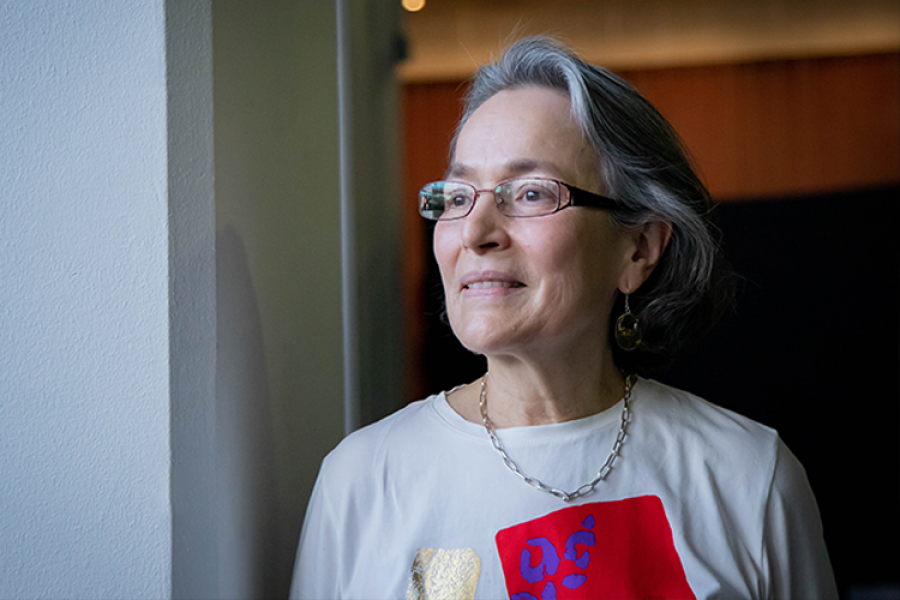The participation of Latin American women in social networks has had an impact on the fight against gender violence in the region.
A recent study, carried out by a team of researchers from Mexico and Argentina, attempts to understand how these movements use digital platforms to their advantage.
Nohemí Lugo and María Concepción Castillo, research professors at Tec de Monterrey’s School of Humanities and Education, addressed women’s participation in the fight against violence through a series of studies generated after a seminar at Nova University in Portugal.
“It is crucial in these articles to highlight not only what happens on the streets but also what transpires on social media,” Lugo said.
Women’s Social Media Strategy
One of the research projects, Vernacular Visibility and Algorithmic Resistance in the Public Expression of Latin American Feminism, examines feminist demands, the use of hashtags, and interaction on digital platforms such as Instagram, Youtube, TikTok, and X (formerly known as Twitter).
This research emerged in reaction to protests such as Argentina’s 2020 reproductive freedom protest, and it gives information on how messages spread through social media networks.
One of these is the vernacular visibility related to each platform’s conventional actors.
This corresponds to social media sites rewarding individuals whose styles coincide with the conventions of each platform, such as those on YouTube who post blogs and videos in the platform’s manner, those on TikTok who produce short organic films, and specific opinion leaders on X.
The research also looks at algorithmic resistance, which is based on an awareness of social movements and the capacity to overcome impediments that may exist on each platform to censor or mute information owing to their different policies.
According to Castillo, women addressed this by coordinating content uploads using feminist movement hashtags, causing the material to go viral regardless of its potential to be popular.
“These are insights into the use of algorithmic power and how to become a trend. The video they publish may be an hour long, which is unusual, but it gets viral because people decide to make it so,” she says.
Castillo has studied this behavior not only in the feminist movement but also in previous campaigns for social change such as the Ayotzinapa case in Mexico.
The researcher emphasizes that, despite technology being shaped primarily in the Global North and a male-oriented manner, women creatively use it to their advantage.
Young Latin American women, generally university students with access to technology, work with more experienced feminist leaders to create an intergenerational force that drives material to viral status on social media.
“There were women who invited historical Latin American personalities from the struggle, who most likely lacked knowledge of technology yet were included in webinars and transmitted over numerous networks, getting a large number of views. This was critical in Argentina’s 2020 decision in favor of reproductive freedom,” argues Castillo.
Women Speak, Men Decide
While the study offers insight into the connection between technology and feminist activity, it also highlights basic concerns and limitations associated with social media interactions.
Following the previous study, Castillo worked on one more that examined how individuals engage in political discussions around feminist struggles and equality rights.
The publication, Women speak, men lead: political conversations in feminist hashtag activism on #25N and #AbortoLegal2020 observes that, despite the positive nature of feminist statements on social media, they pale compared to the negative interactions they produce.
Castillo examined responses on platforms such as TikTok and YouTube, discovering algorithmic resistance to feminist material.
Also, prominent comments in these blogs are frequently made by males, indicating a gender bias.
For example, in one video studied, just 16% of comments were from males, yet these comments received more engagement in terms of likes and replies.
Castillo points out that, while not necessarily mean, these comments give an impression that males believe they have more to say about the subject than women, mimicking interactions offline.
The researcher claims that the study’s title is derived from this inconsistency, in which patriarchal remarks acquire more attention and engagement despite producing viral material.
“Our intention with these studies is to bring attention to the reflections of women’s daily lives and to create more spaces for expressing what we want, dream of, and what hurts us, with the hope of being heard and understood,” Castillo concluded.















